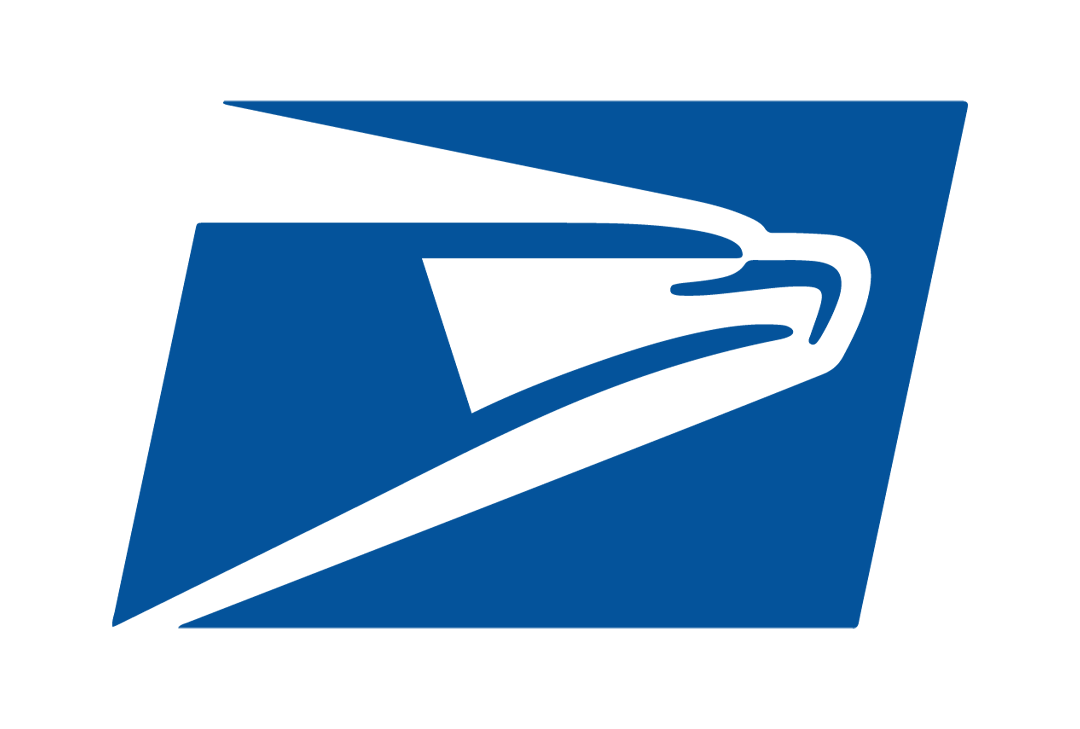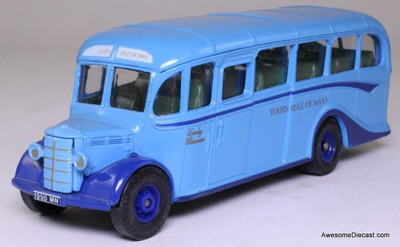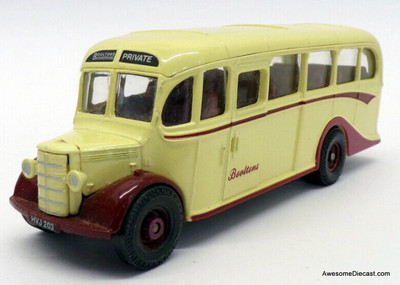Diecast metal with plastic parts
The Bedford OB was a bus chassis manufactured by Bedford from 1939.
The Bedford OB was designed as a successor to the Bedford WTB. It had a wheelbase of 14 feet 6 inches (4.42 m), and was a semi-forward control model, designed to carry 26 to 29-passenger bodywork. It was fitted with a 27.34 horsepower petrol engine, and had a four-speed manual gearbox and fully floating rear axle. The brakes were of the vacuum servo-assisted hydraulic type.
Although only 73 were built prior to the cessation of production due to World War II, it reappeared in a largely unchanged form at the end of the war, continuing in production until 1951. A total of 12,766 were produced, making it one of the most popular buses of its type ever.
Bedford co-developed with Duple the "Vista" coachwork for the OB, fronted by a classic bullnose. The ash framework was reinforced with steel, and the floor made from hardwood with softwood tongued and grooved boarding, with the exception of the cab area which was finished with alloy chequerplate. Seating capacity was normally 29 with overhead luggage racks provided for passengers, whilst the rear luggage boot was also used to store the spare wheel. The price of a complete coach, including finishing in a two-colour livery, was £1,314.10s for a 27-seater, and £1,325.10s for a twenty nine seater.
Geared to reach speeds of at least 40 miles per hour (64 km/h), which was fast for its day, the OB is remembered by many for its characteristic gearbox whine.
The Isle of Man sometimes referred to simply as Mann, is a self-governing British Crown dependency in the Irish Sea between Great Britain and Ireland. The head of state is Queen Elizabeth II, who holds the title of Lord of Mann and is represented by a lieutenant governor. Defence is the responsibility of the United Kingdom.
The island has been inhabited since before 6500 BC. Gaelic cultural influence began in the 5th century AD, and the Manx language, a branch of the Gaelic languages, emerged. In 627, Edwin of Northumbria conquered the Isle of Man along with most of Mercia. In the 9th century, Norsemen established the Kingdom of the Isles, which included the Isle of Man. Magnus III, King of Norway, was King of Mann and the Isles between 1099 and 1103.
In 1266, the island became part of Scotland under the Treaty of Perth, after being ruled by Norway. After a period of alternating rule by the kings of Scotland and England, the island came under the feudal lordship of the English Crown in 1399. The lordship revested into the British Crown in 1765, but the island never became part of the 18th-century Kingdom of Great Britain or its successors the United Kingdom of Great Britain and Ireland and the present-day United Kingdom. It retained its internal self-government.
In 1881, the Isle of Man parliament, Tynwald, became the first national legislative body in the world to give women the right to vote in a general election, although this excluded married women. In 2016, the Isle of Man was awarded biosphere reserve status by UNESCO.
Insurance and online gambling generate 17% of GNP each, followed by information and communications technology and banking with 9% each. Internationally, the Isle of Man is best known for the Isle of Man TT competition.













